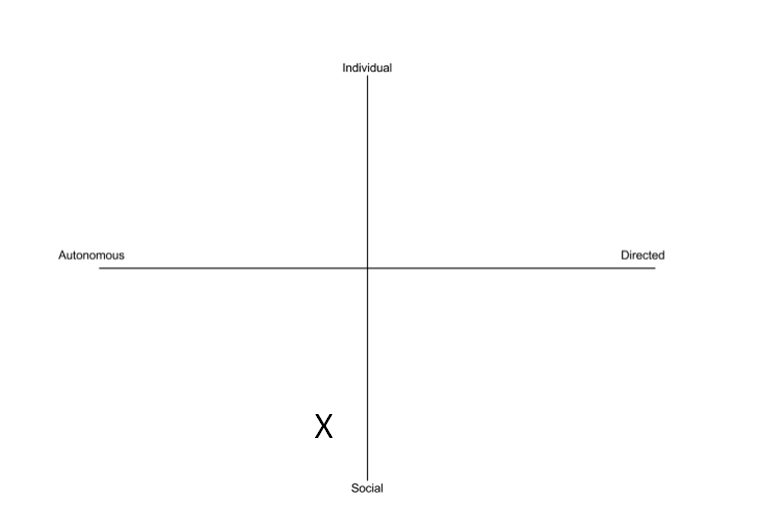Several universities use questionnaires to assess learners' readines for online learning. They are simple diagnostic tools completed online that give immediate feedback.
The characteristics questionnaires have in common are:
- Asking about computer skills and readiness to use computers
Looking at independent learning skills and ability to be self directed
Looking at willingness to communicate with others via online means
These three elements cover the main aspects of online learning, use of technology, need for self discipline and independence and willingness to use online and electronic forms of communications with peers and tutors.
However, it might be useful to gain a better insight into the types of tools learners are familiar with, for example do they use social networking tools, wikis, blogs? This would be further evidence of the level of digital literacy. However, if these are learners who are completely new to online or distance learning they may not have an accurate view of the issue of isolation and what distance learning is really like. They may not also fully understand the particular nature of asynchronous computer mediated communication. It is a particular skill be be able to use forums effectively and to learn at a distance. These questionniares may not be accurate if people have never undertaken an online course and don't really know what to expect.
The OU does not have such a questionnaire, though distance learning is explained on the website. However, this might be a good diagnostic tool to have for prospective students particularly now that we do use technology at a fundamental level and students are expected to use a computer. We are also expecting students to pay quite a lot of money for courses now so it's vital they are encouraged to make the right choices. A questionnaire would both help prepare students for the level of technology used and the level of independent learning expected and give the university information of the level of preparedness of new entrants, perhaps highlighting where additional training might be needed and indeed where it could be embedded in modules.
